NATIONAL MUSEUM OF NATURAL HISTORY
Five Species to Wrap Up Invasive Species Week
Check out some of the most destructive and interesting species in the U.S.
:focal(643x348:644x349)/https://tf-cmsv2-smithsonianmag-media.s3.amazonaws.com/blogging/featured/Red_Lionfish_Featured_Cropped.jpg)
Invasive species cost the U.S. more than $120 billion in damages every year. These species are nonnative organisms that harm the natural environment, human health or the economy. Scientists study these species to reduce the economic impacts and prevent them from spreading.
This invasive species week, check out some of the most destructive and interesting species to hitchhike their way across the United States.
Emerald ash borer
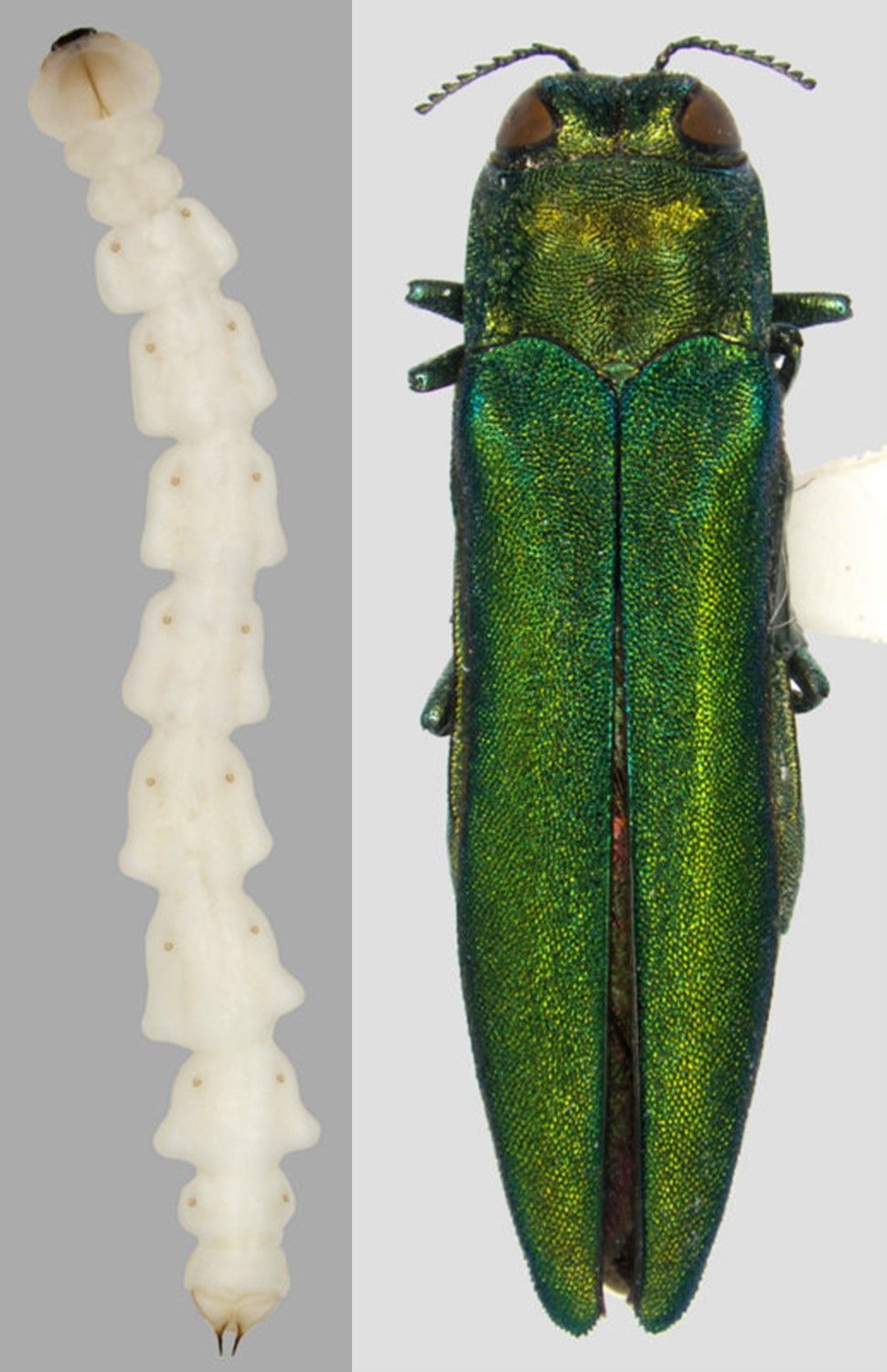
Originally from Asia, the emerald ash borer (Agrilus planipennis) made its way into the U.S. inside wooden pallets. It was discovered almost simultaneously in Michigan and Canada in 2002 and has since spread to 35 states and 5 provinces.
This insect has had devastating effects on ash trees in the United States and Canada. Ash borer larvae tunnel through ash trees, leaving behind tracks and disrupting the way water and nutrients move through the tree, essentially starving them. So far, ash borers have killed tens of millions of ash trees across the U.S. and Canada and they continue to spread when wood is transported.
Red lionfish
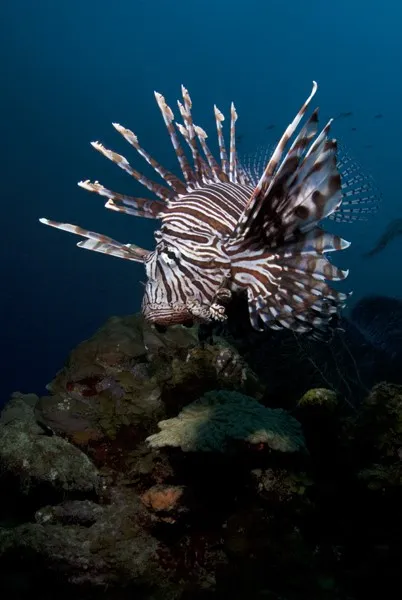
Red lionfish (Pterois volitans) are one of the top predators on some Atlantic coral reefs. Lionfish are originally from the South Pacific and Indian oceans but were found off the coast of Florida in 1985. Scientists aren’t sure how the fish got there, but they think lionfish were released from personal aquariums.
Lionfish reproduce rapidly, eat native fish, outcompete other species for food and space and generally have negative effects on coral reefs. Their range continues to grow, as they don’t have predators to keep them in check.
Common reed
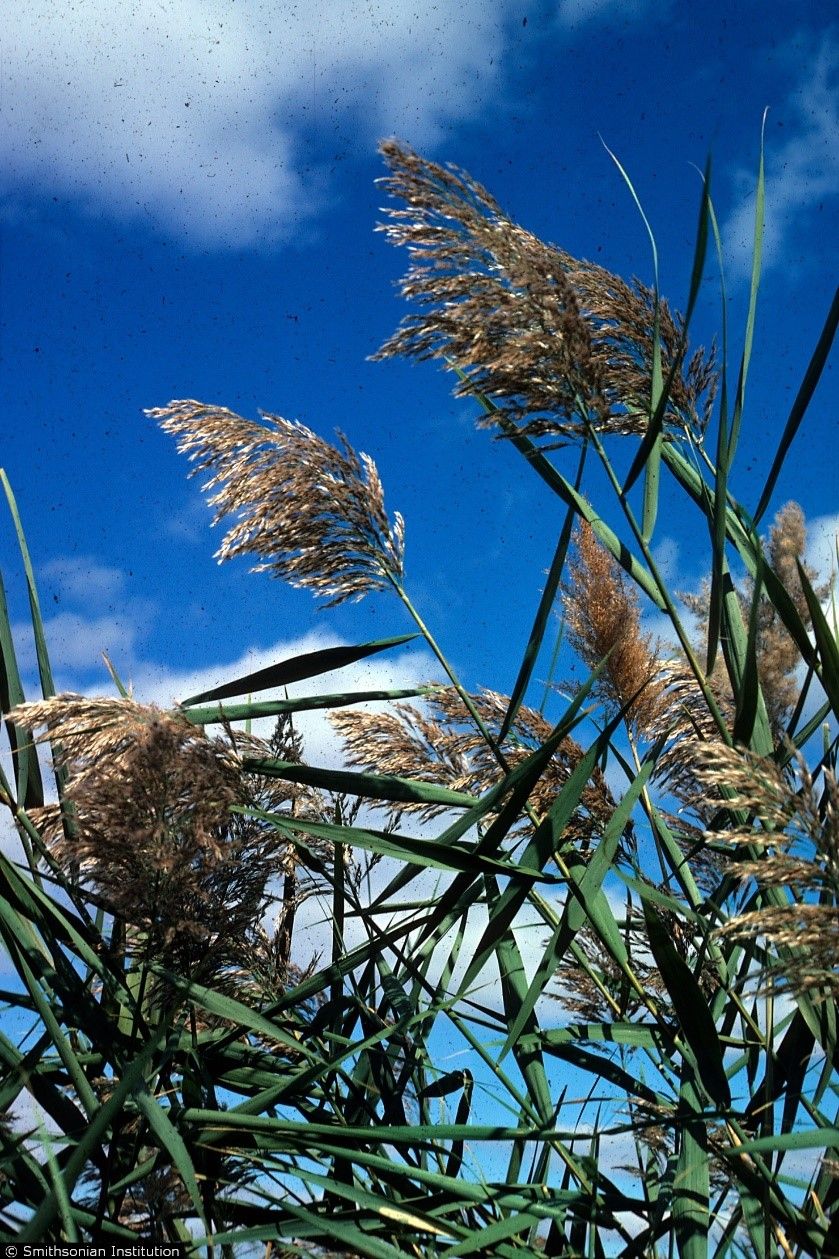
The invasive Phragmites or common reed is a wetland grass that has taken over marshes across the United States. The introduced variety can grow over 15 feet tall, which allows it to shade out and outcompete native plant species. It can turn a diverse habitat into a monoculture, change the way water moves in and out of the wetland and raise the risk of fires when the dead reeds accumulate.
Most of the native variety’s habitat has been taken over by the invasive species. Because it’s difficult to distinguish between native and invasive Phragmites, the invasive species is deemed a “cryptic invader.”
It’s thought the invasive species was introduced in the late 1700s or early 1800s on the east coast of the U.S. and has expanded westward since. Now, it’s found in 49 states and is considered invasive in many of them.
Granulate Ambrosia Beetle
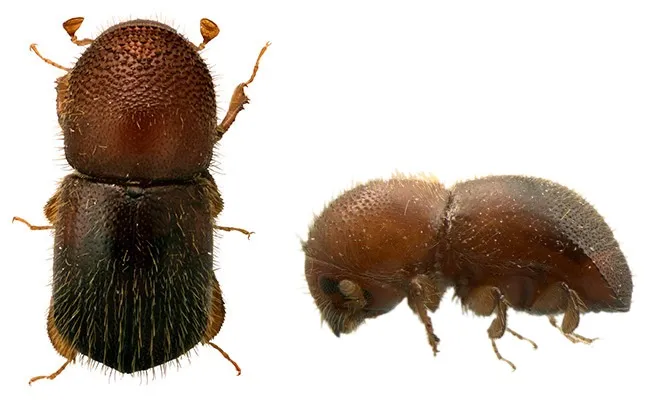
The granulate ambrosia beetle (Xylosandrus crassiusculus) is native to Asia but was first found in the United States in the 1970s. These beetles are the number one killer of stressed nursery trees in the southeastern U.S. The females bore into injured trees, creating tunnels where they lay eggs and grow fungus for food. The fungus clogs up the vascular system — or veins — of trees, blocking water and nutrients that keep it alive.
But what makes granulate ambrosia beetles incredibly successful invaders is how they reproduce. They waste little time searching for partners because they mate within their family.
A female can produce sons without a partner, brothers and sisters mate with each other and a female can reproduce with her son. This means only one female is needed to quickly spread ambrosia beetles to new areas and infect more trees.
Porcelain Berry
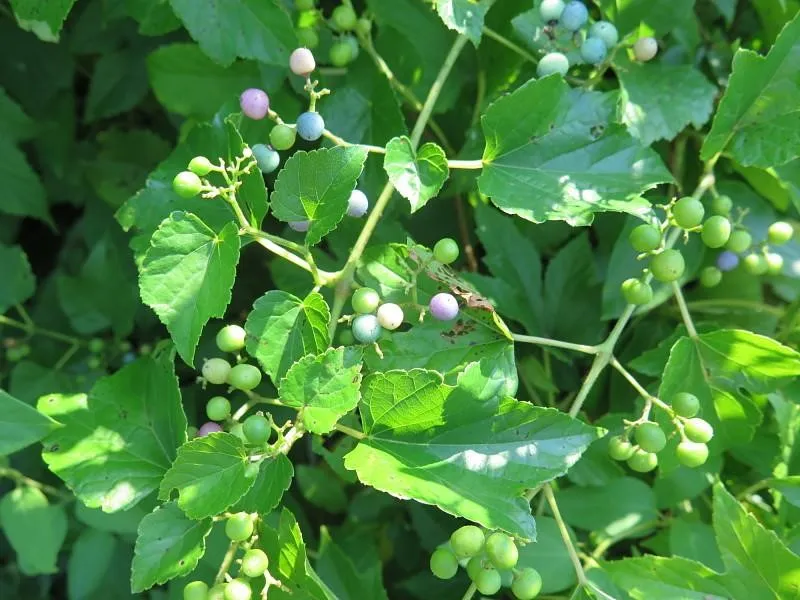
Porcelain berry (Ampelopsis glandulosa) is native to Asia but was brought to the U.S. in the 1870s as a landscape plant. It is a member of the grape family, and its berries are multicolored, changing from green to lilac to blue in the fall.
This berry is invasive in several states in the United States because it outcompetes and shades native plant species. Its vines can grow up to 15 feet and grow in both open and forested areas. The plant spreads when birds and mammals eat the berries and deposit seeds in their droppings.
Related Stories:
Six Bewtiching Smithsonian Specimens to Get You Ready for Halloween
Five Things You Shouldn't Miss in the New Fossil Hall
Can Scientists Stop One of the World's Dealiest Mosquitoes?

